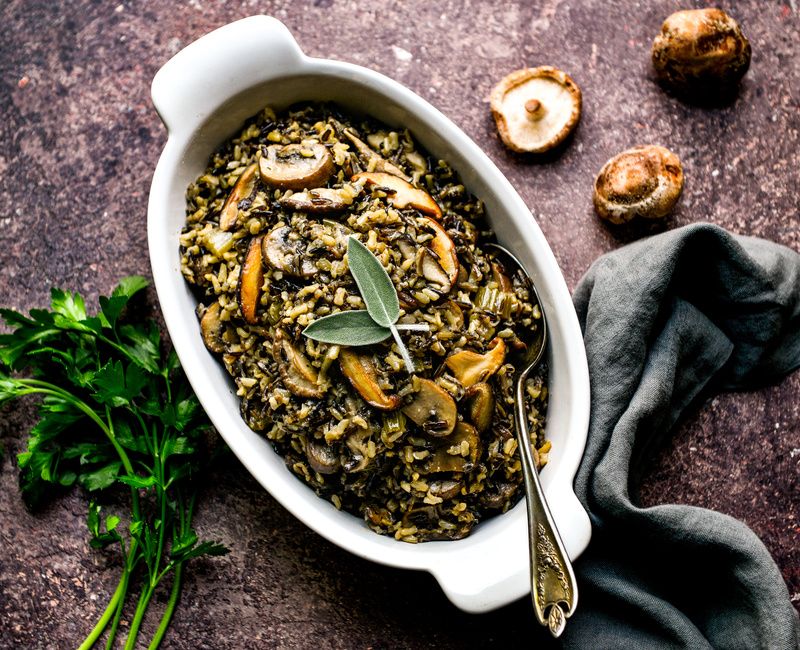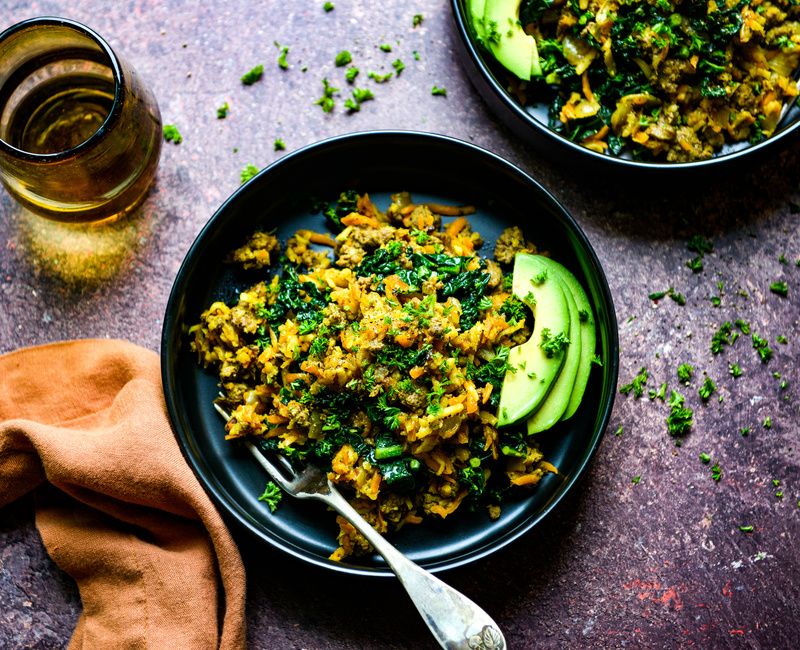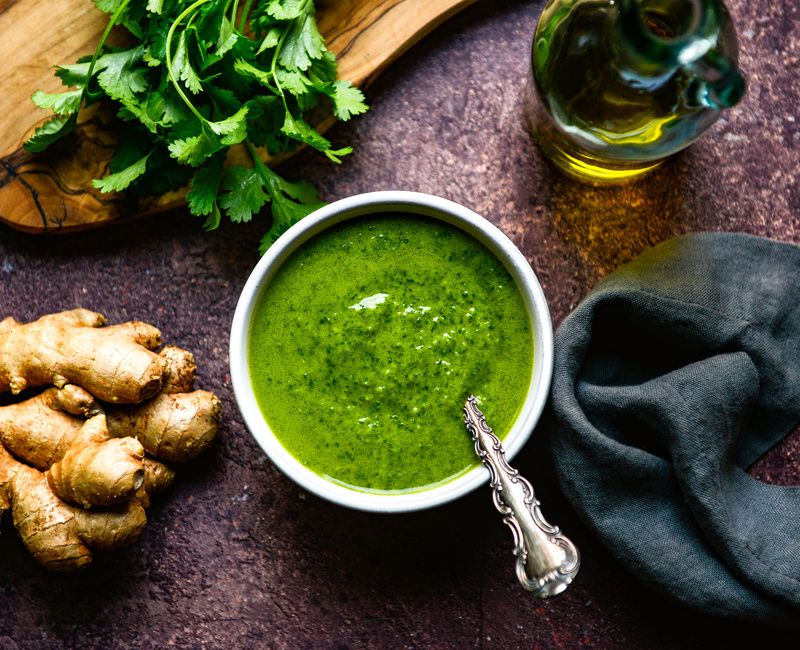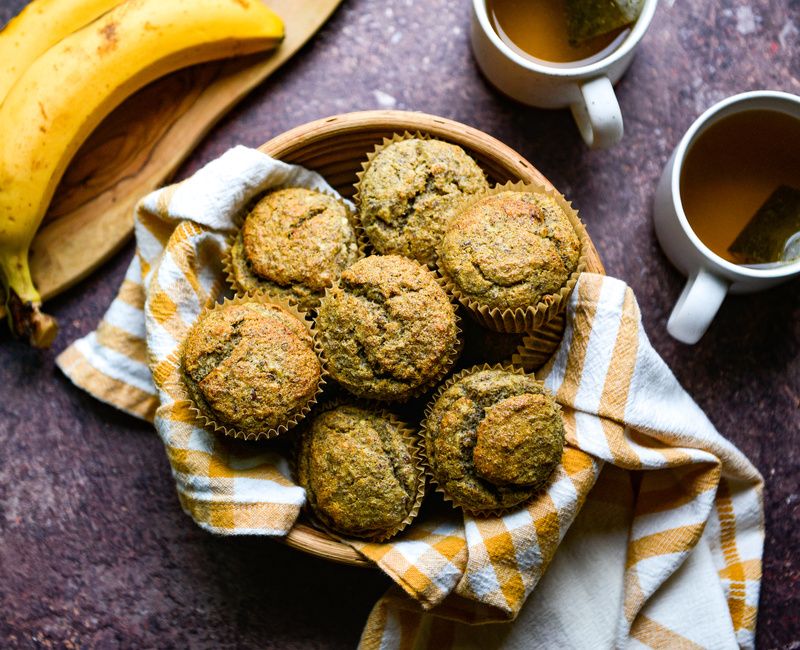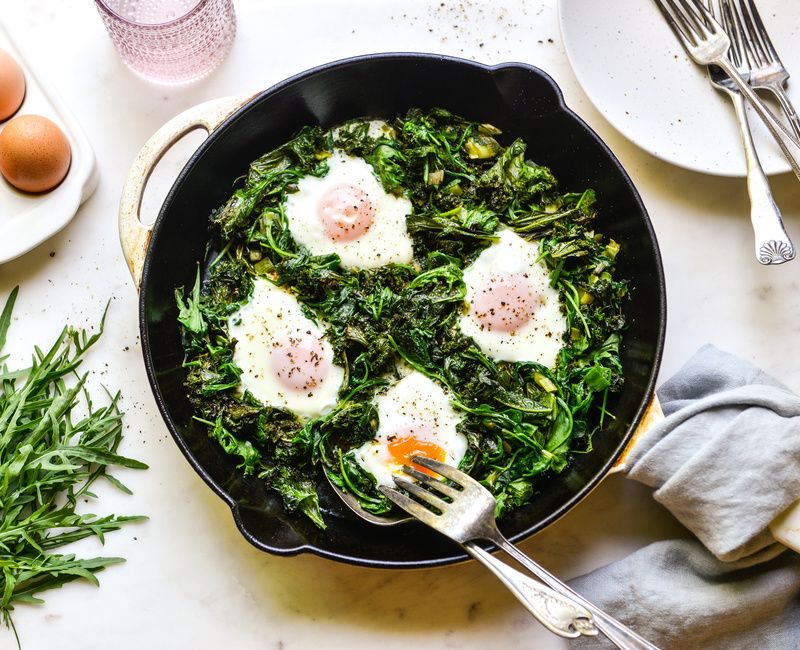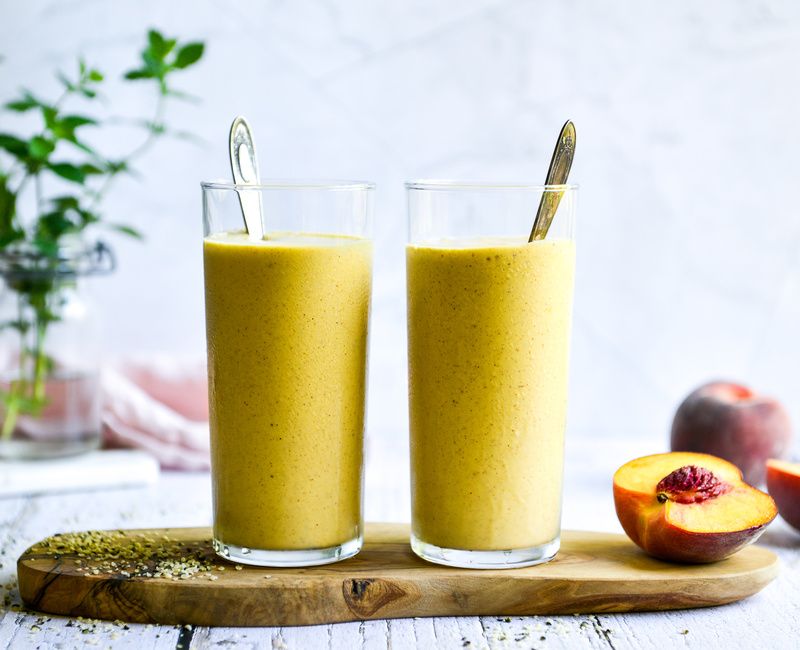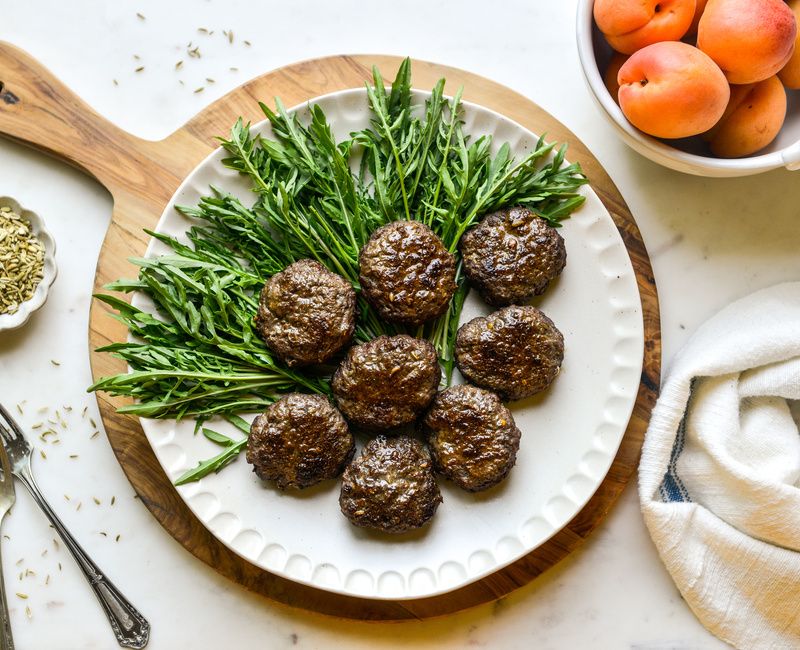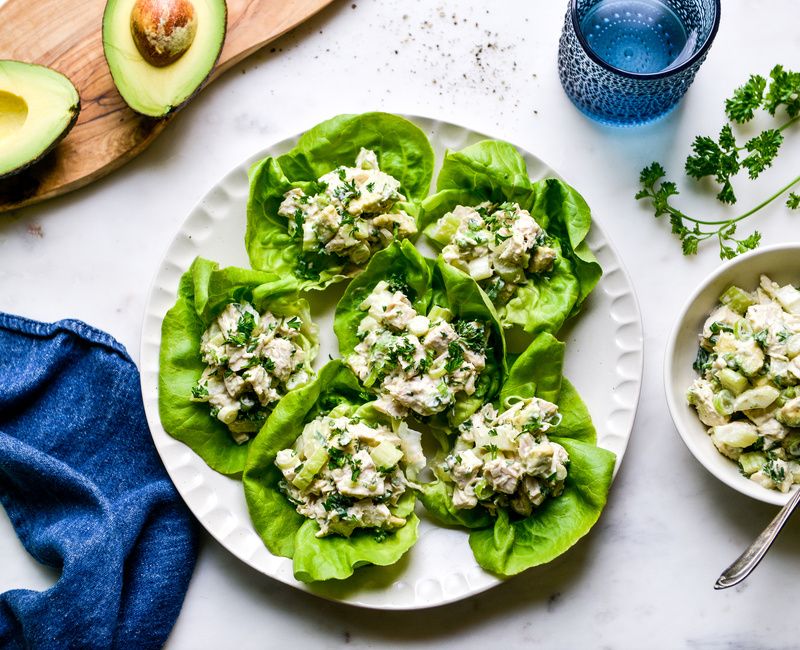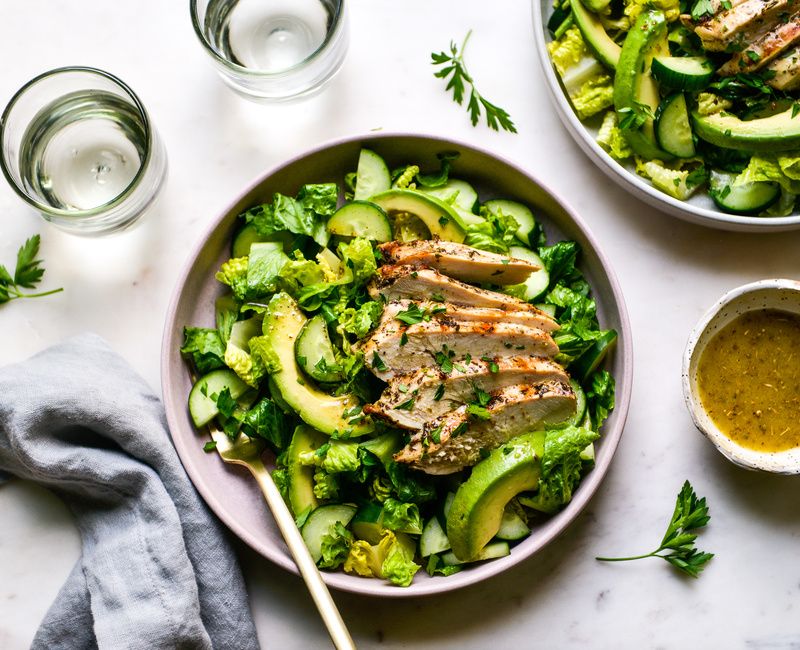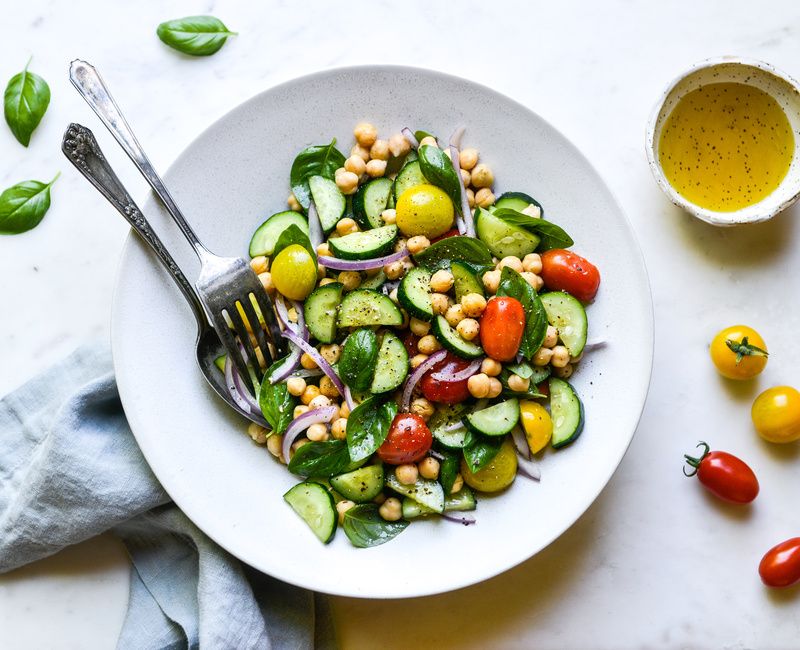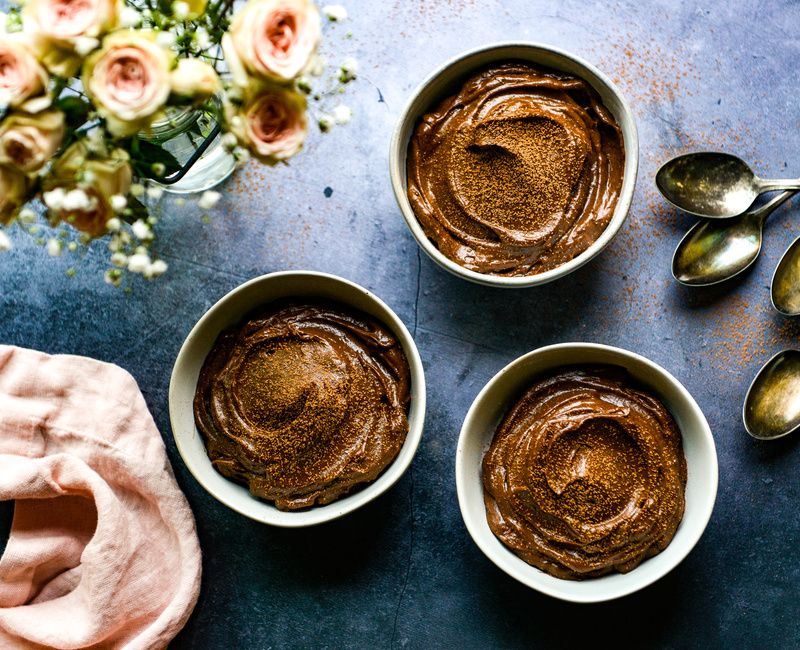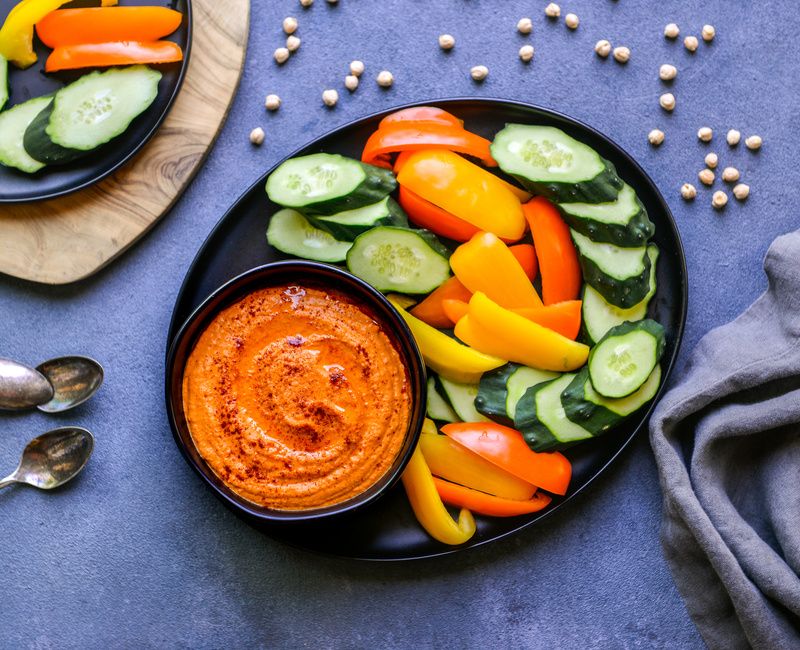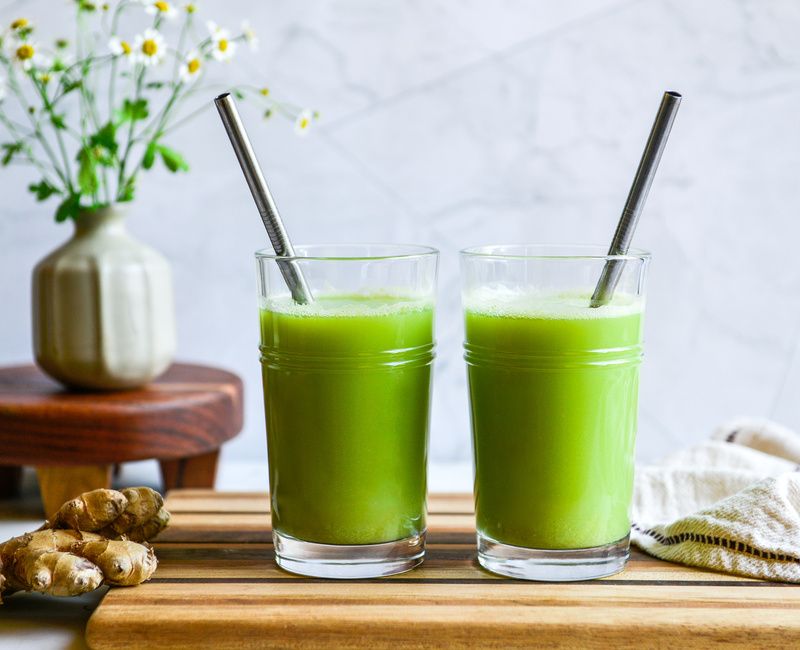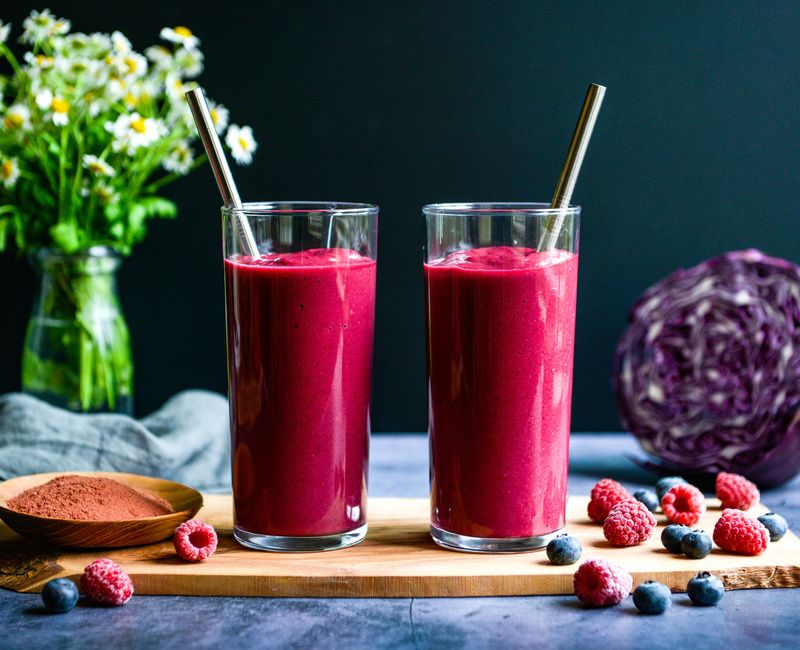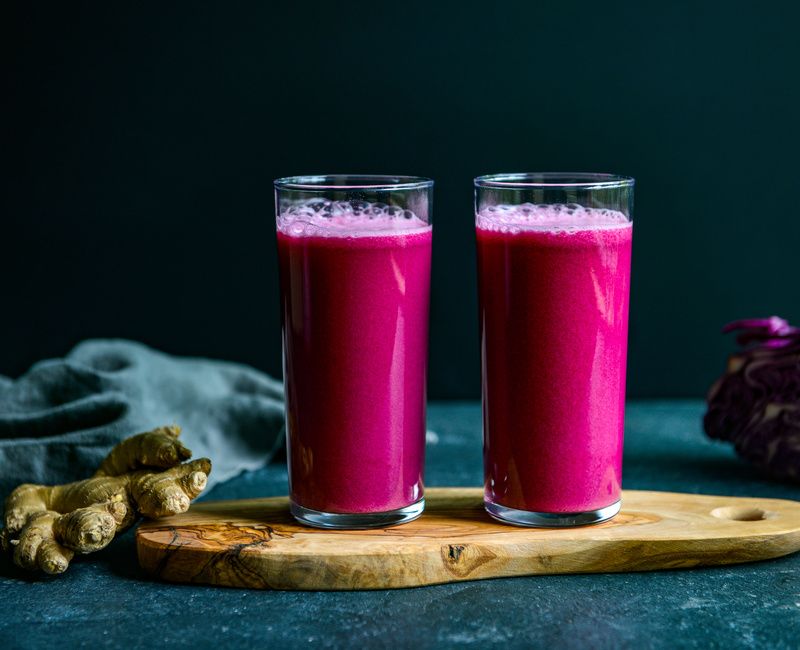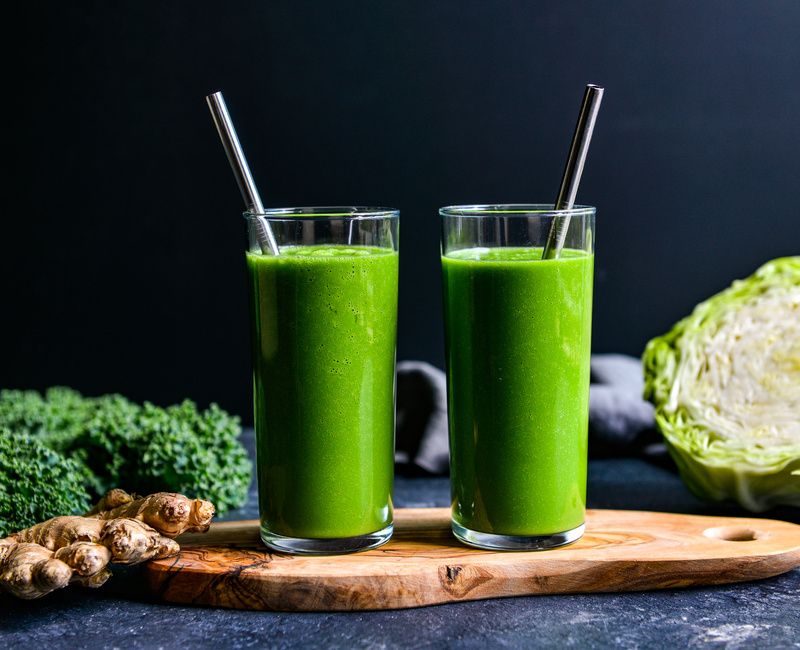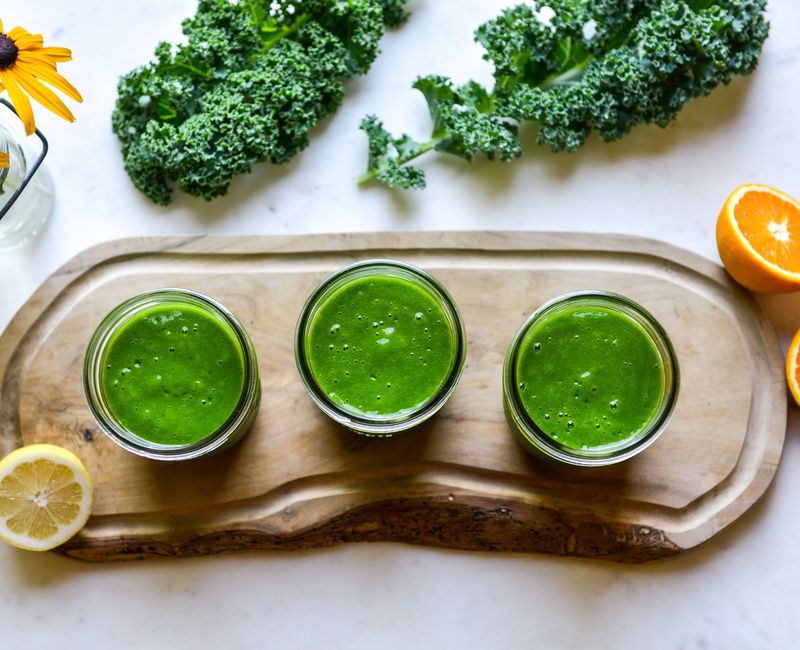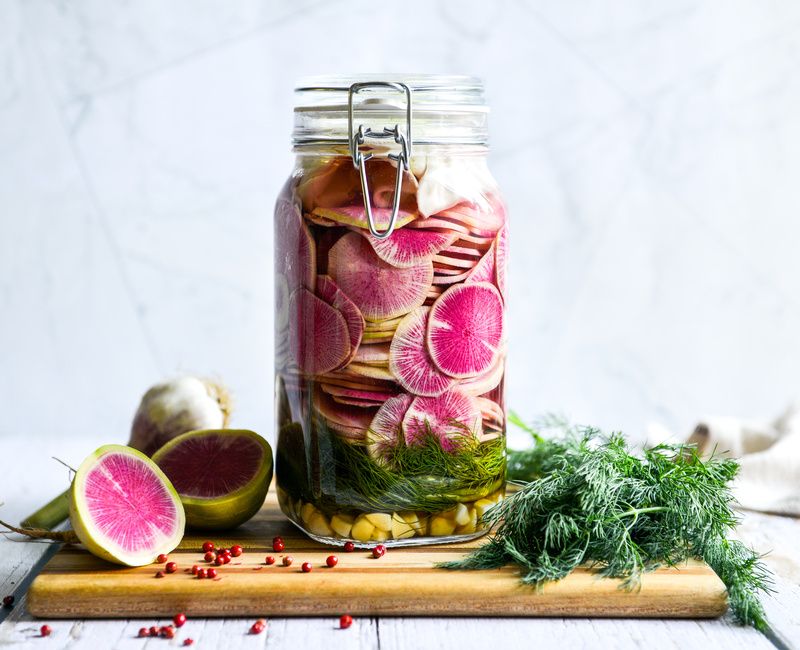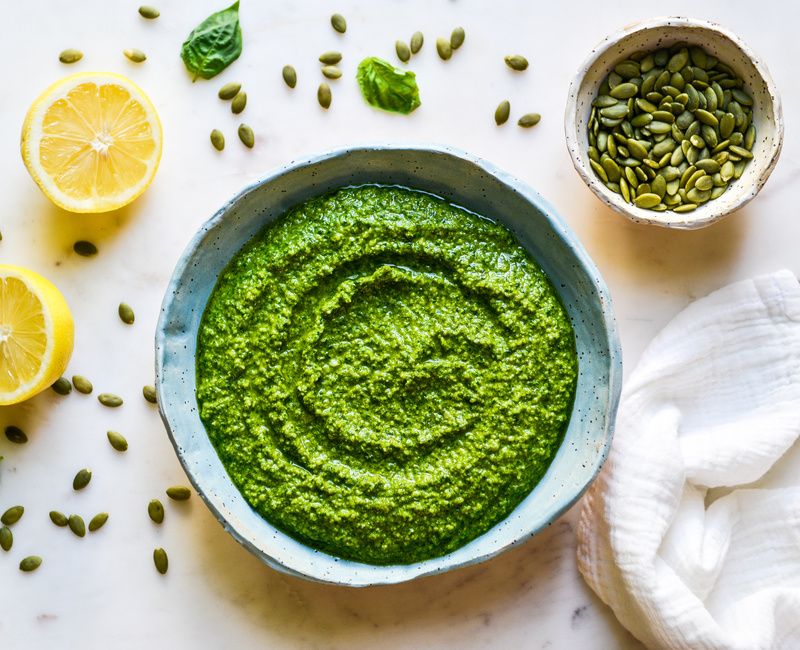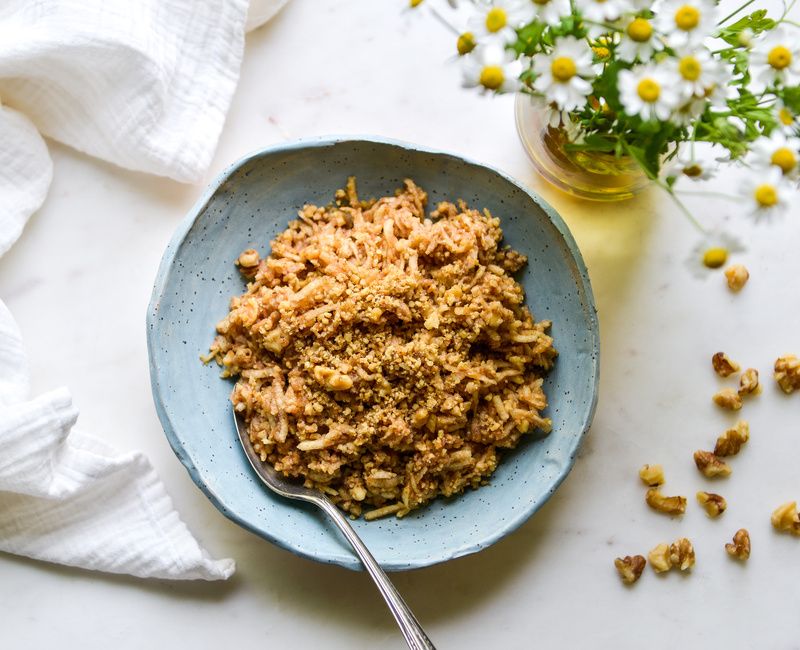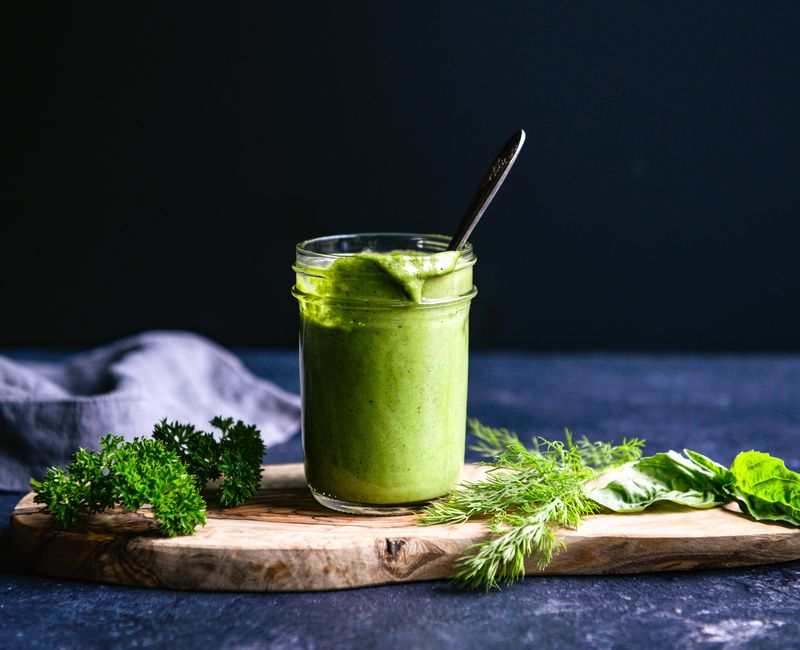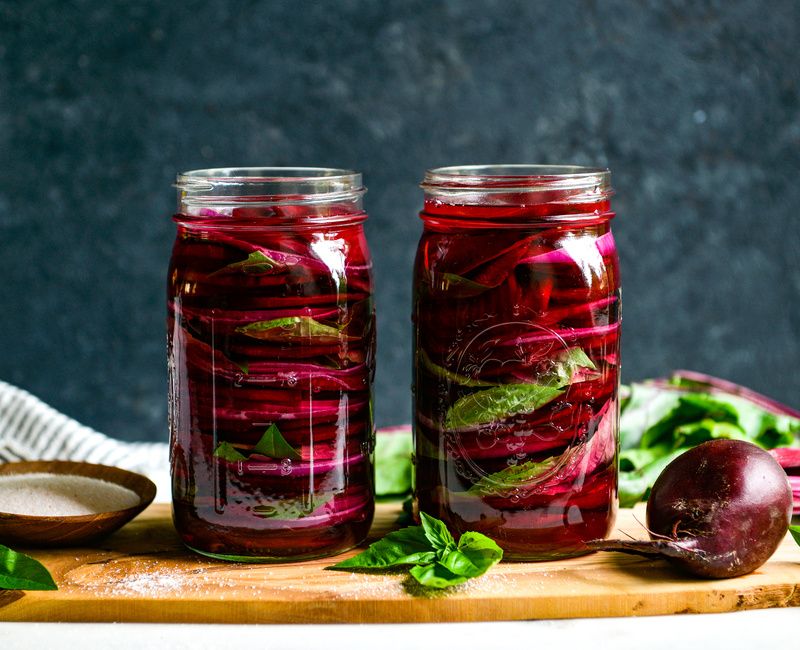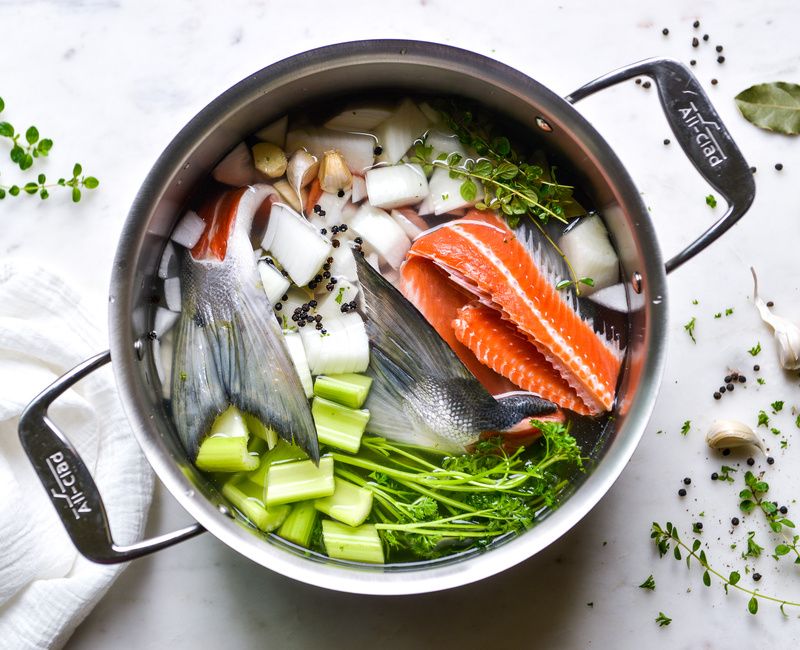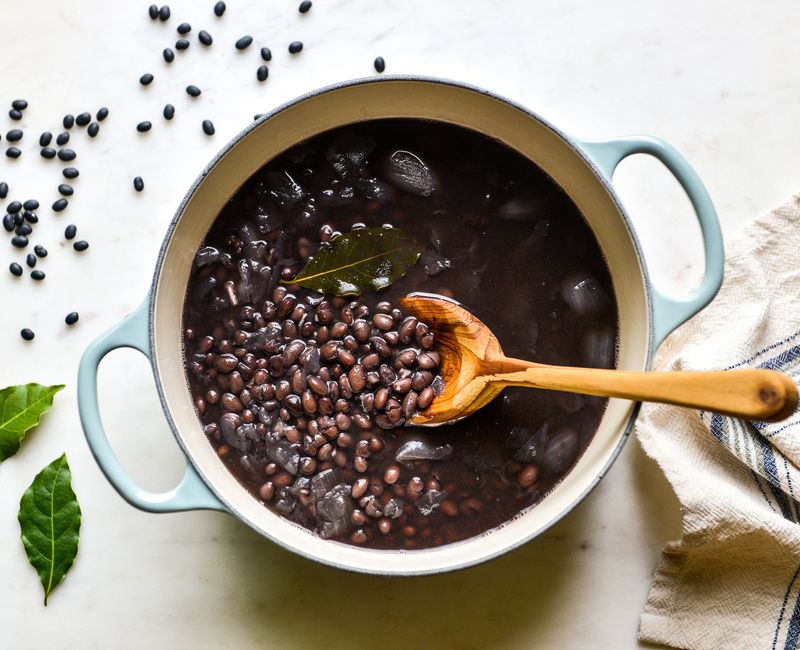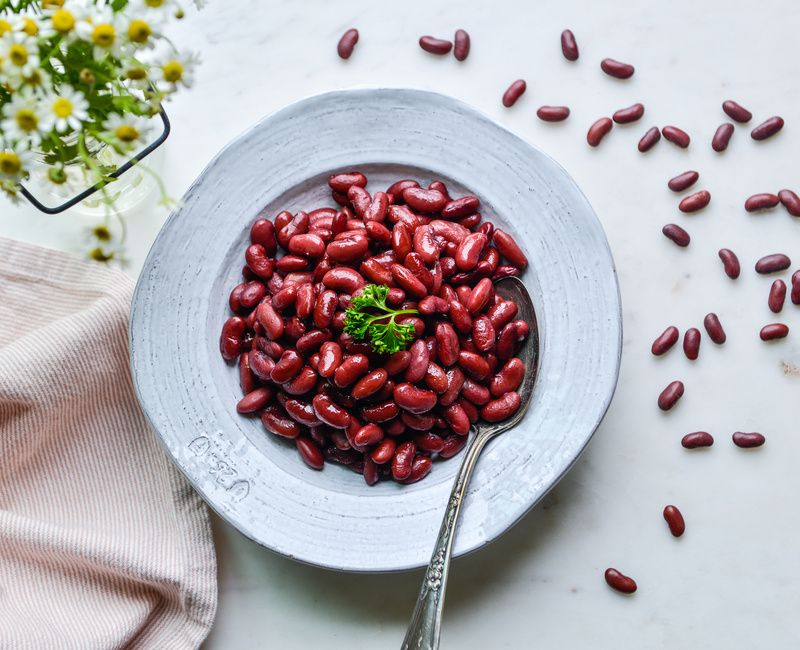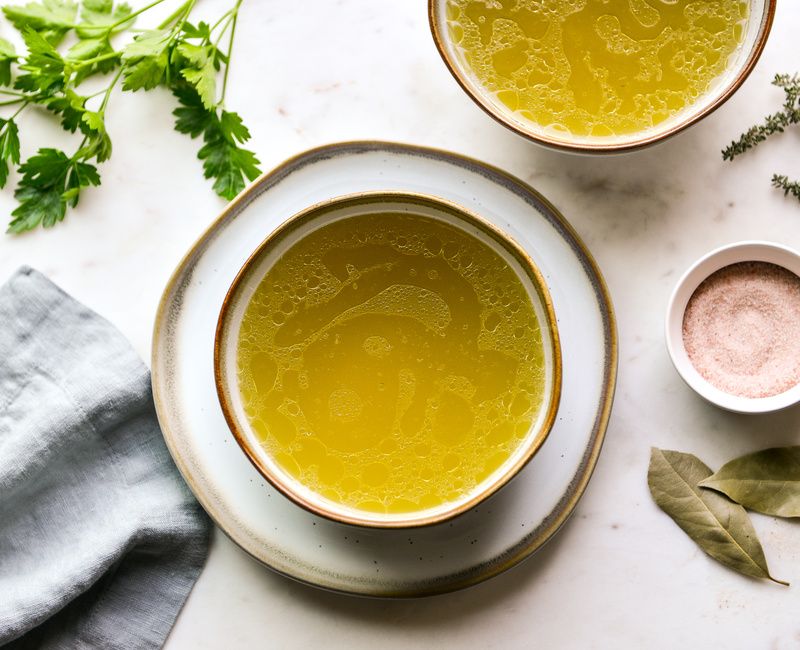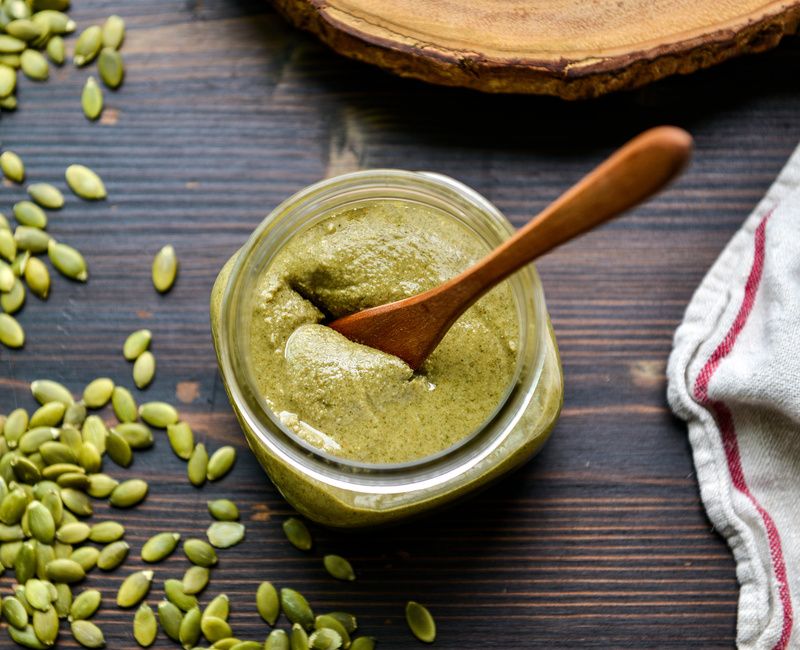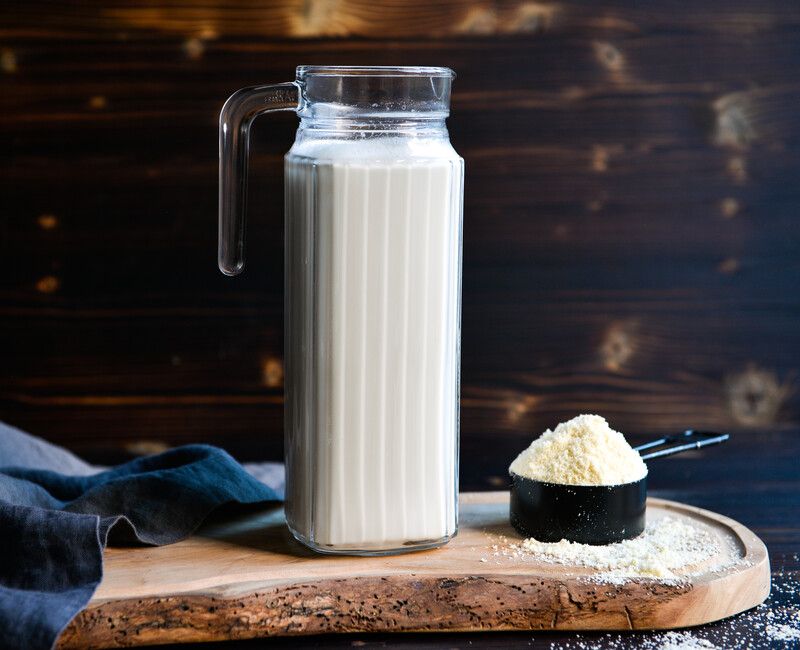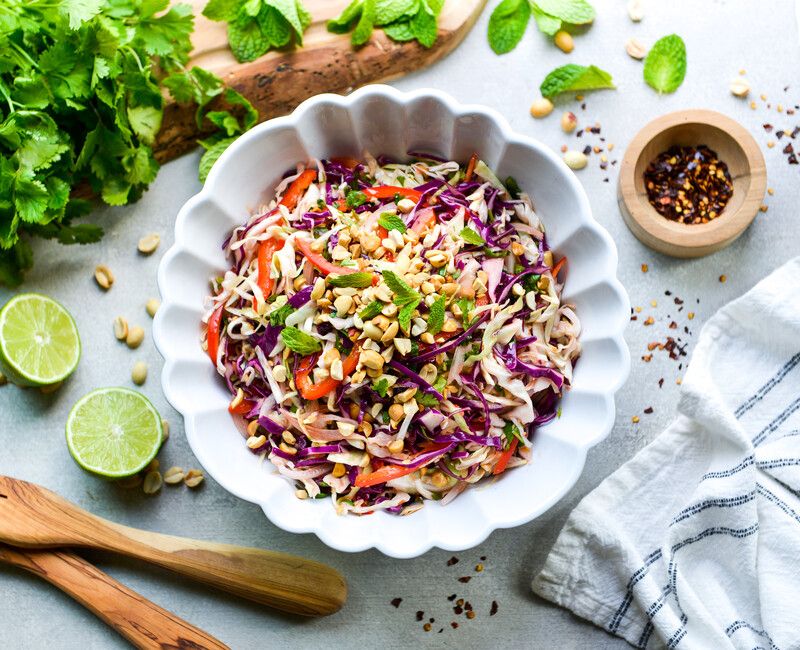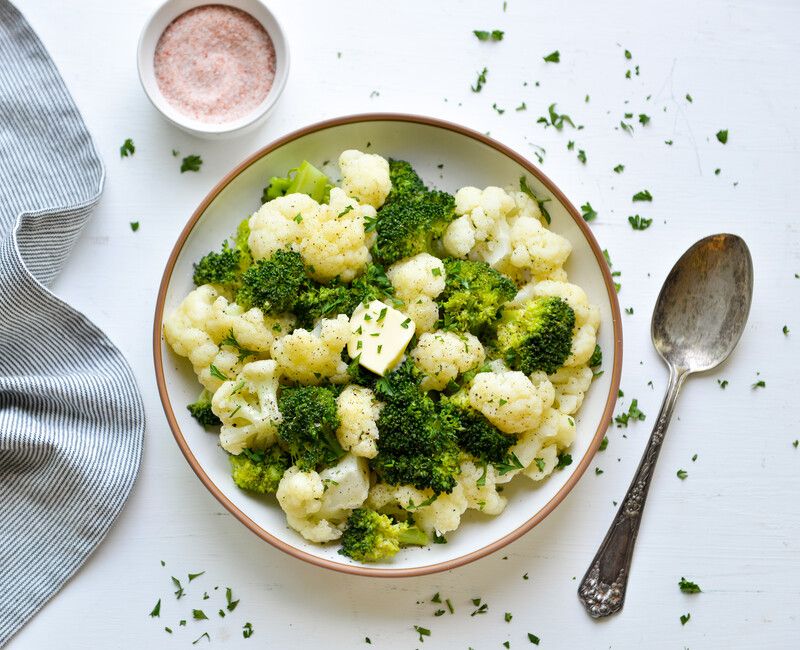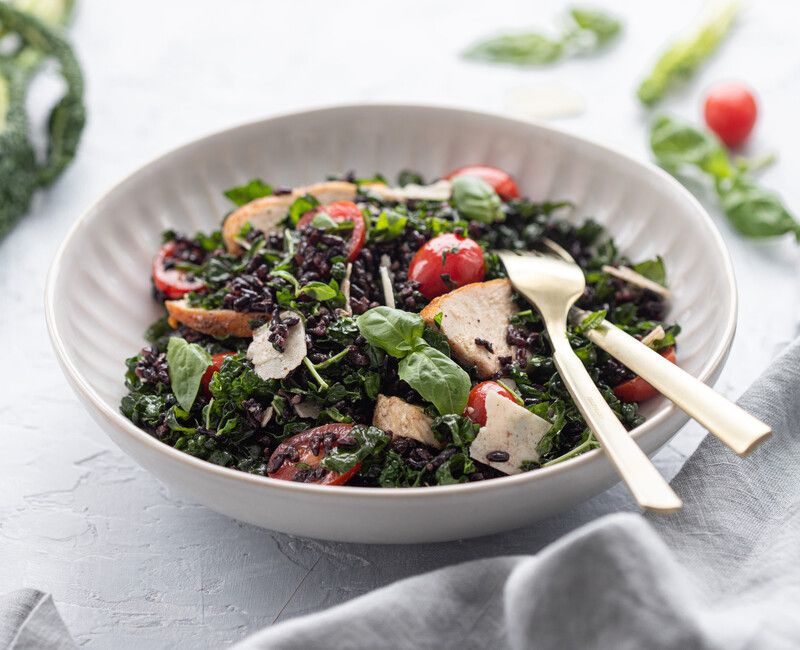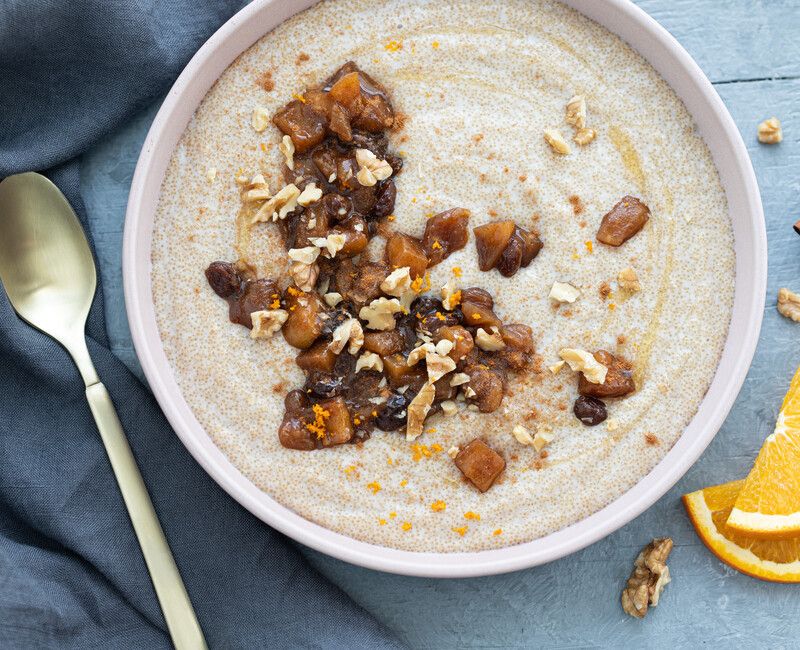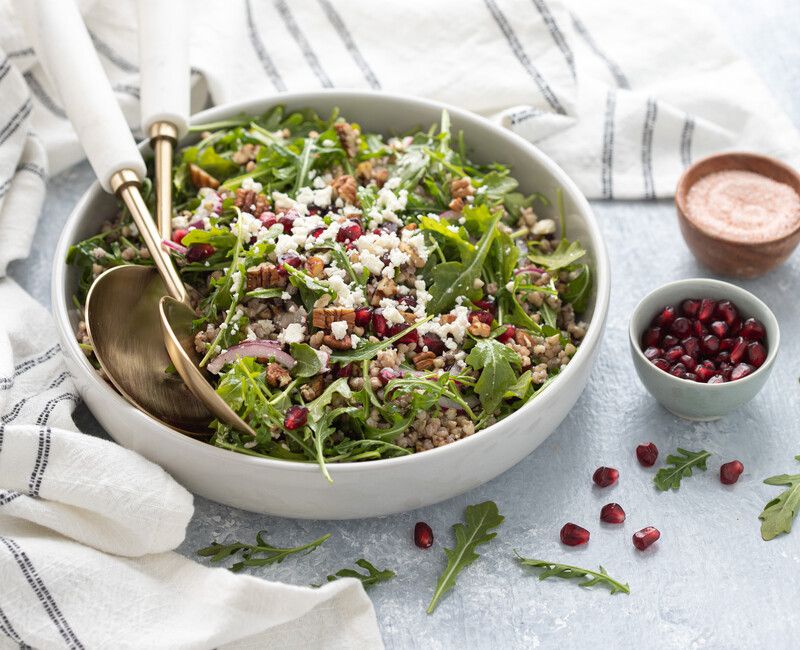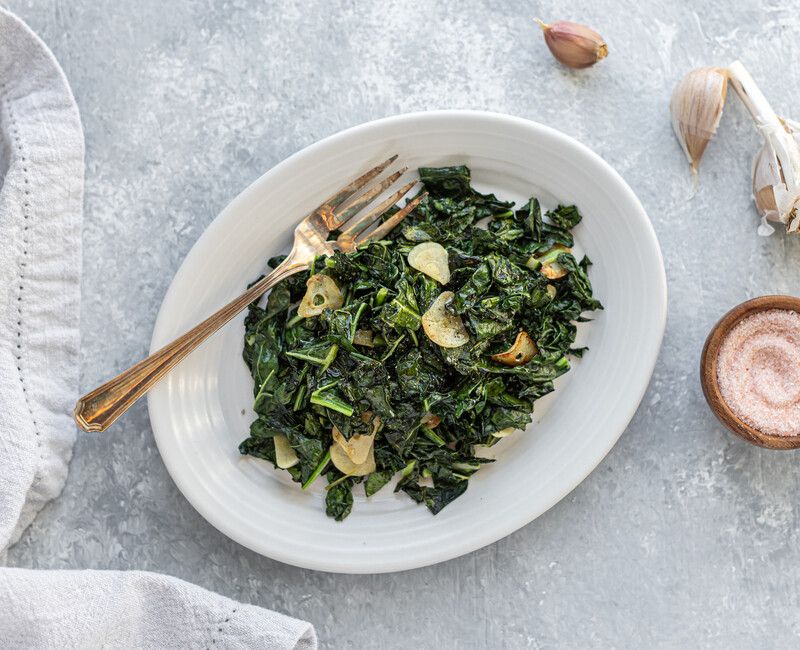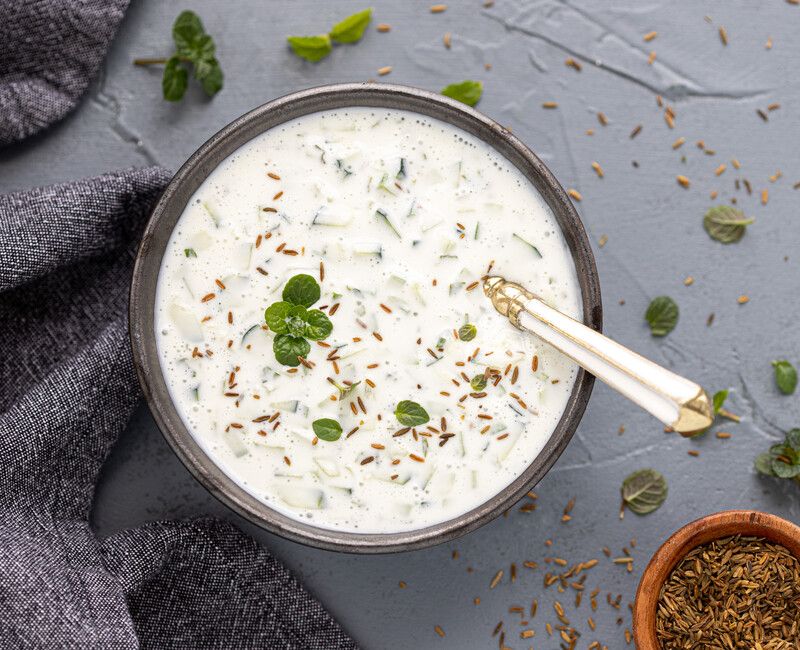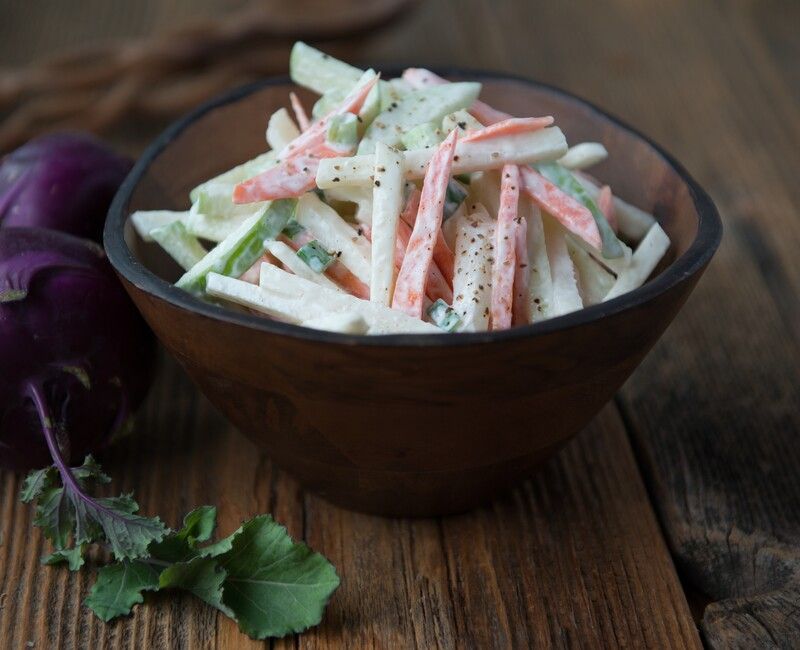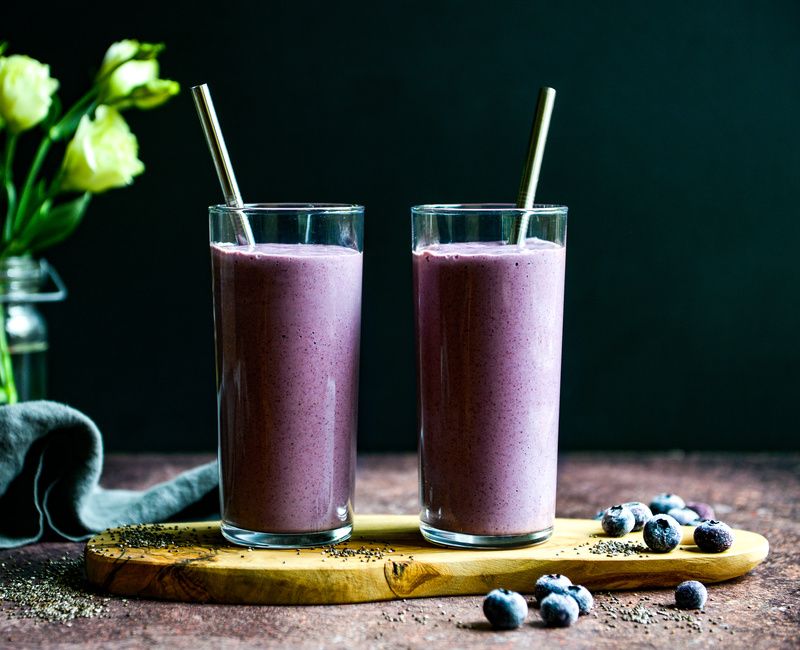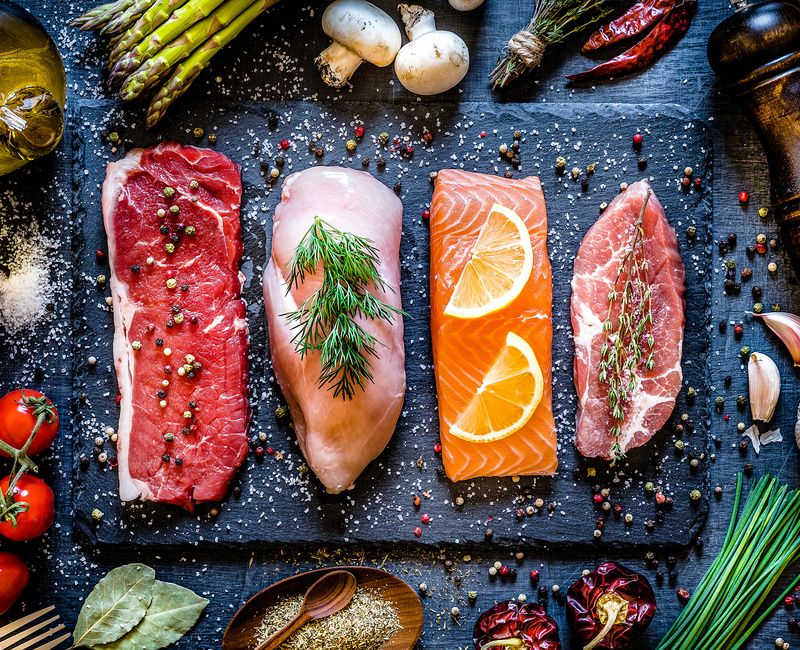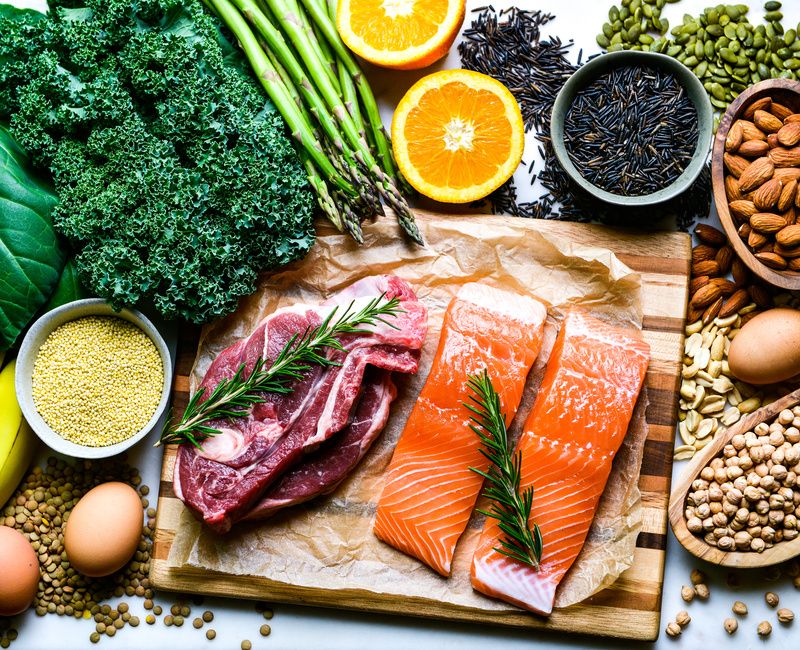IFM Detox Food Plan
Every single day, your body is working behind the scenes to process, neutralize, and eliminate toxins—from the air you breathe, the food you eat, and the environment that surrounds you. But in our modern world, the toxic burden we carry can easily exceed what our bodies are able to naturally handle. That’s where the IFM Detox Food Plan comes in. More than a quick fix or a trendy cleanse, this plan is a deeply nourishing, science-backed approach designed to support your body’s innate detoxification systems—especially your liver, kidneys, digestive tract, lymph, and skin. When you provide your body with the right nutrients and remove inflammatory inputs, you create space for healing to unfold. Whether you’re looking to boost energy, reduce inflammation, or simply reset your system after a period of stress, the IFM Detox Food Plan offers a therapeutic and empowering way to reclaim your vitality.

Latest Anti-Inflammatory Diet Recipes
IFM Detox Food Plan Safe with Modifications
What is the IFM Detox Food Plan?
The IFM Detox Food Plan is a structured, functional medicine-based approach to reducing toxic load and supporting the organs responsible for detoxification. Unlike short-term fasts or juice cleanses, this plan emphasizes sustainable, real food choices—colorful vegetables, high-quality protein, healthy fats, and plant-based antioxidants—that work synergistically to assist the body in processing and eliminating harmful compounds.
The detoxification process primarily happens in the liver, where toxins are transformed into compounds that can be excreted through urine, stool, or sweat. But this process depends on nutrients from food to work efficiently—especially amino acids, B vitamins, magnesium, selenium, antioxidants, and phytonutrients.
By supplying the body with what it needs and removing common dietary toxins—like refined sugars, pesticides, alcohol, and food additives—the IFM Detox Food Plan helps rebalance detox pathways and restore inner resilience.
Who is the IFM Detox Food Plan For?
This plan is designed for anyone who wants to support their body’s natural detoxification and reduce their daily exposure to harmful chemicals and compounds. It may be especially helpful for those who:
-
Feel chronically fatigued or mentally foggy
-
Experience headaches, bloating, or constipation
-
Struggle with hormonal imbalances, PMS, or estrogen dominance
-
Show signs of liver congestion or sluggish digestion
-
Have skin issues such as rashes or acne
-
Are dealing with weight loss resistance or metabolic dysfunction
-
Suspect they’ve been exposed to mold, heavy metals, or other environmental toxins
-
Are transitioning off an Elimination Diet and want a supportive long-term eating plan
The IFM Detox Food Plan can be used seasonally, as part of a deeper healing program, or as a long-term lifestyle for reducing inflammation and supporting daily detox.
How Does the IFM Detox Food Plan Work?
The IFM Detox Food Plan works by minimizing toxic exposures while nourishing the organs and pathways responsible for clearing those toxins from the body. At the center of this process is the liver—your body’s primary detoxification organ—which performs a two-phase metabolic process to transform and eliminate harmful compounds.
In Phase I, enzymes from the cytochrome P450 family begin to break down toxins like pesticides, plastics, heavy metals, pharmaceuticals, and endogenous compounds like reactive oxygen species. This step creates intermediate metabolites—which are often more reactive and potentially more toxic than the original substances. These unstable compounds must be immediately processed through Phase II detoxification to prevent cellular damage.
In Phase II, the liver neutralizes these intermediates through six key conjugation pathways: glucuronidation, sulfation, glutathione conjugation, acetylation, amino acid conjugation, and methylation. These processes render the toxins water-soluble so they can be eliminated safely through stool, urine, and sweat.
For these phases to function optimally and stay in balance, your body requires a consistent supply of specific nutrients and cofactors—which is why diet plays such a critical role in detoxification. The IFM Detox Food Plan is designed to provide both the raw materials and the enzymatic activators needed to support every step of this process.
Key nutrients and foods that support Phase II detoxification include:
-
Glucuronidation: Cruciferous vegetables, citrus, soy, dandelion, rosemary, rooibos tea, ellagic acid (from berries, pomegranate, walnuts), curcumin, and ferulic acid (found in whole grains and asparagus). D-glucaric acid, a key substrate for glucuronidation, is found in apples, broccoli, spinach, and oranges.
-
Sulfation: Sulfur-rich foods such as garlic, onions, leeks, cruciferous vegetables, and protein sources like poultry and seafood.
-
Glutathione conjugation: Requires high-quality protein rich in cysteine, glycine, and glutamic acid, along with nutrients like N-acetyl cysteine (NAC), selenium, magnesium, folate, vitamin B6, and alpha-lipoic acid. Raw cruciferous vegetables upregulate the production of glutathione at the genetic level.
-
Methylation: Supported by methionine, folate, vitamin B6, vitamin B12, betaine (from beets and shrimp), and magnesium.
-
Amino acid conjugation: Requires glycine, taurine, glutamine, arginine, and ornithine—found in high-quality protein sources and bone broth.
Without enough nutrients, the body’s ability to neutralize and remove toxins becomes sluggish or impaired. That’s why this plan places a strong emphasis on nutrient-dense foods like leafy greens, garlic, turmeric, legumes, flaxseeds, wild fish, and clean protein sources at every meal.
Additionally, the IFM Detox Food Plan minimizes environmental exposures by encouraging organic produce, filtered water, non-toxic cookware, and reduced use of plastics. The plan also emphasizes the importance of hydration, fiber, and daily bowel movements—all essential routes of toxin elimination.
When the body is supported this way, detoxification becomes more efficient—and many people begin to notice clearer thinking, more stable energy, improved digestion, and a renewed sense of wellbeing.
Foods to Eat on the IFM Detox Food Plan:
The foundation of the IFM Detox Food Plan is built around colorful, whole, unprocessed foods. These ingredients are rich in the nutrients required to support all phases of detoxification and promote healing at a cellular level.
Here’s what to focus on:
🥦 Non-Starchy Vegetables
- Aim for at least 9 servings per day, emphasizing cruciferous vegetables (e.g., broccoli, cauliflower, kale, cabbage), leafy greens, garlic and onions, and a rainbow of other veggies.
- These provide fiber, antioxidants, sulfur compounds, and liver-supportive phytonutrients like sulforaphane and indole-3-carbinol.
🥬 Starchy Vegetables
- Include moderate amounts of sweet potatoes, squash, carrots, and beets for their fiber, antioxidants, and carotenoids.
- Pair with protein or fat to keep blood sugar stable.
🍎 Fruits
- Choose phytonutrient-dense fruits like berries, citrus, apples, and pomegranate.
- Vitamin C-rich fruits enhance detox pathways.
- Eat fruit with a little fat or protein to slow sugar absorption.
🍚 Gluten-Free Whole Grains
- Include fiber-rich grains such as quinoa, millet, amaranth, teff, certified gluten-free oats, and buckwheat to support gut health and toxin elimination.
🫘 Legumes
- Beans and lentils provide fiber and plant-based protein, both of which support detoxification.
- Black soybeans and edamame are especially rich in detox-supportive isoflavones.
🥜 Nuts and Seeds
- Flaxseeds, chia, pumpkin seeds, almonds, walnuts, and their butters are excellent sources of protein, fiber, and healthy fats.
- Flax and sesame seeds also support hormone balance.
🐟 High-Quality Proteins
- Choose organic, pasture-raised poultry, grass-fed meats, wild-caught fish, and clean protein powders.
- Protein is essential for Phase II detox.
- Omega-3-rich fish (like salmon and sardines) help reduce inflammation and protect against toxin-induced damage.
🧈 Healthy Fats and Oils
- Use cold-pressed, organic oils such as extra virgin olive oil, flaxseed oil, avocado oil, sesame oil, and hempseed oil.
- Avocados and olives are also excellent choices.
🌿 Herbs, Spices, and Condiments
- Herbs and spices like turmeric, ginger, cardamom, and garlic offer potent anti-inflammatory and liver-supportive benefits.
- Use raw apple cider vinegar, coconut aminos, stone-ground mustard, and fresh lemon/lime juice to flavor meals without additives.
🫖 Beverages
- Drink plenty of filtered water throughout the day, along with herbal teas and green tea.
- Bone broth and fresh vegetable juices are also supportive.
- Avoid alcohol and sugar-sweetened drinks.
🥥 Dairy Alternatives
- Choose organic, unsweetened plant milks like almond, coconut, hemp, and organic soy.
- Fermented soy products like miso and tempeh are encouraged for their gut and liver benefits.
Foods to Avoid on the IFM Detox Food Plan
To reduce the toxic burden and allow the body’s detoxification systems to reset and recalibrate, the IFM Detox Food Plan removes common dietary triggers and environmental inputs that can interfere with liver function, digestive health, and hormone balance.
Here’s what to avoid:
-
❌ Gluten-containing grains (wheat, barley, rye, spelt, kamut)
-
❌ Dairy products, which can contain added hormones and antibiotics and often contribute to inflammation and digestive symptoms
-
❌ Processed foods, including artificial sweeteners, preservatives (BHA, BHT, sulfites), food dyes (e.g., FD&C Yellow #5), and additives
-
❌ Alcohol, a known liver toxin that hinders detox pathways
-
❌ Caffeine, in excess (moderate green or herbal tea is permitted)
-
❌ Plastics and canned foods (especially those with BPA linings)
-
❌ Refined sugars, excess sodium, and deep-fried foods
-
❌ High-mercury seafood like swordfish, king mackerel, shark, and tilefish
-
❌ Conventional meats and animal products raised with antibiotics, hormones, or GMOs
The plan also encourages minimizing environmental toxins by choosing organic produce, using filtered water, avoiding synthetic personal care products, and cooking with non-toxic cookware.
Benefits of the IFM Detox Food Plan:
The IFM Detox Food Plan offers far more than a temporary reset—it’s a path to long-term resilience and vitality. When detoxification pathways are supported and the burden of toxins is reduced, many people experience significant improvements in both physical and mental wellbeing.
Potential benefits include:
-
Increased energy and reduced brain fog
-
Improved digestion and regular bowel movements
-
Fewer headaches, rashes, and signs of inflammation
-
Balanced sex hormone metabolism (especially estrogen)
-
Enhanced clarity, mood, and emotional stability
-
Deeper, more restorative sleep
-
Reduction in symptoms linked to toxic overload or sluggish detox (e.g., joint pain, water retention, food sensitivities)
-
Improved markers of liver health and metabolic function
-
A renewed sense of vitality, empowerment, and connection to your body’s wisdom
This plan can be used as a short-term therapeutic tool or woven into your long-term lifestyle. Either way, it invites you to nourish your body with intention and let go of the burdens that no longer serve your health.
Challenges and Drawbacks:
While the IFM Detox Food Plan is deeply supportive, it can also require a period of adjustment—especially if your current diet contains processed foods, sugar, caffeine, or alcohol.
You may experience:
-
Mild fatigue, irritability, or headaches during the first few days (as your body begins eliminating stored toxins)
-
Digestive changes or increased elimination
-
Temporary cravings for sugar or caffeine
-
Emotional releases as your body clears physical stagnation
These symptoms are usually short-lived and often indicate that your detoxification pathways are waking up. Staying well-hydrated, moving your body gently, and getting plenty of rest can help ease the transition.
Some people may also find the plan restrictive at first, especially if they’re not used to planning meals or reading ingredient labels. But the payoff is worth it—most individuals report feeling significantly better within 1–2 weeks, and often notice improvements they didn’t expect.
Remember, this is not about perfection. It’s about gently supporting your body in releasing what it no longer needs, while learning to nourish yourself in new, empowering ways.
How Do I Start the IFM Detox Food Plan?
Beginning the IFM Detox Food Plan is a powerful way to press the reset button and offer your body the deep nourishment it needs to function optimally. Here's how to get started with clarity and confidence:
- Join Nourishing Meals®: Get the support you need with a Nourishing Meals® membership. Instantly access IFM Detox Food Plan–friendly recipes, ready-to-use meal plans, grocery lists, and food filter tools to personalize your journey. Whether you're just beginning or continuing a functional medicine protocol, our tools help make healing simple and delicious.
- Set an Intention: Before making changes, connect to your “why.” Are you seeking energy, clarity, or fewer symptoms? Let this vision guide you—it becomes your anchor in moments of change.
- Clean Out Your Pantry: Remove processed foods, sugar, alcohol, gluten, dairy, and additives. Create a healing environment by replacing them with colorful vegetables, clean proteins, and supportive pantry staples.
- Stock Up on Detox-Supportive Foods: Fill your kitchen with cruciferous veggies, leafy greens, flaxseeds, garlic, berries, clean protein, and gluten-free grains. Use your Nourishing Meals® grocery list generator to streamline prep.
- Hydrate Generously: Drink 8 to 10 cups of clean, filtered water daily. Add lemon, cucumber, or mint to boost hydration and antioxidant intake.
- Plan Simple, Balanced Meals: Each meal should include non-starchy vegetables, a source of protein, some starchy vegetables or gluten-free grains, healthy fat, and fresh herbs or spices. Prepare batch-cooked meals like soups, stews, and salads.
- Support Daily Elimination: Ensure one to two well-formed bowel movements per day. Support this with fiber-rich foods, adequate hydration, and gentle movement.
- Tune In and Reflect: Notice how you feel physically, mentally, and emotionally. Most people begin to experience subtle but powerful shifts within the first week.
Your Invitation
The IFM Detox Food Plan is a path of nourishment—not restriction. It’s a way to lovingly support your body in letting go of what no longer serves so you can come home to energy, clarity, and wholeness. Let food be your daily medicine, and watch your vitality return from the inside out. If you’re ready to renew your cells, calm inflammation, and reclaim your energy—this is your moment.
✨ Try Nourishing Meals® free for 7 days and discover how simple—and deeply healing—it can be to follow a therapeutic diet that supports your whole-body vitality.
| Plan | Length | Actions |
|---|---|---|
Meal Prep Detox Recipes |
1 day | Please login to view and schedule plans |
Spring Cleanse |
15 days | Please login to view and schedule plans |
Vegetarian Spring Detox |
3 days | Please login to view and schedule plans |
3-Day Vegan Detox Diet |
3 days | Please login to view and schedule plans |
Detox Recipes with Cruciferous Veggies |
0 days | Please login to view and schedule plans |






